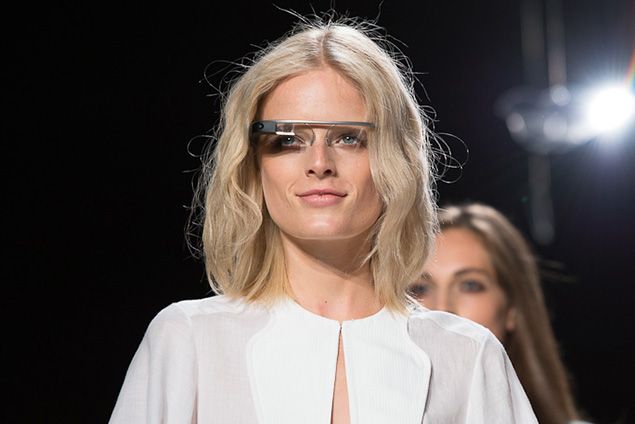Google has lifted the lid on the specifications for its Google Glass Explorer Edition wearable tech, while releasing documentation and example code of its Mirror API for developers who want to create Glassware.
The glasses will come with a high resolution display that will ape the effect of a 25-inch HD TV seen 8-feet away. A 5-megapixel cameras will be on board, which will also be capable of capturing 720p video.
Connectivity will be through both Bluetooth - compatible with any Bluetooth-enabled phone, says Google - and Wi-Fi 802.11b/g. The company also stresses that to run the MyGlass companion app, which adds GPS and SMS messaging, you will need a device running Android 4.0.3 (Ice Cream Sandwich) or higher. So that naturally favours Google's own mobile OS over iPhone.
Storage comes in the shape of 16GB flash memory built-in, with 12GB accessible to the user. It is, however, synced with Google cloud storage, so you can store more online.
Mono audio is through bone conduction transducer technology and, at present, Google is claiming that battery life will last a day with regular use. Other features, like Hangouts and video recording, it says, are more battery intensive.
A micro USB cable and charger is included, but as that is standard these days, you'll be able to use one of the hundreds you most likely already own too. And finally, there will be only one size of Google Glass as it adjusts to any face size or shape - extra nosepads in multiple sizes are included.
The Explorer Edition of the glasses will cost $1,500 (£975) and, as Pocket-lint revealed last week, will ship in May.
Developers can find out more about the impending Mirror API too, as Google has released comprehensive documentation for it. "The Google Mirror API allows you to build web-based services, called Glassware, that interact with Google Glass," says Google on its blog. "It provides this functionality over a cloud-based API and does not require running code on Glass."

